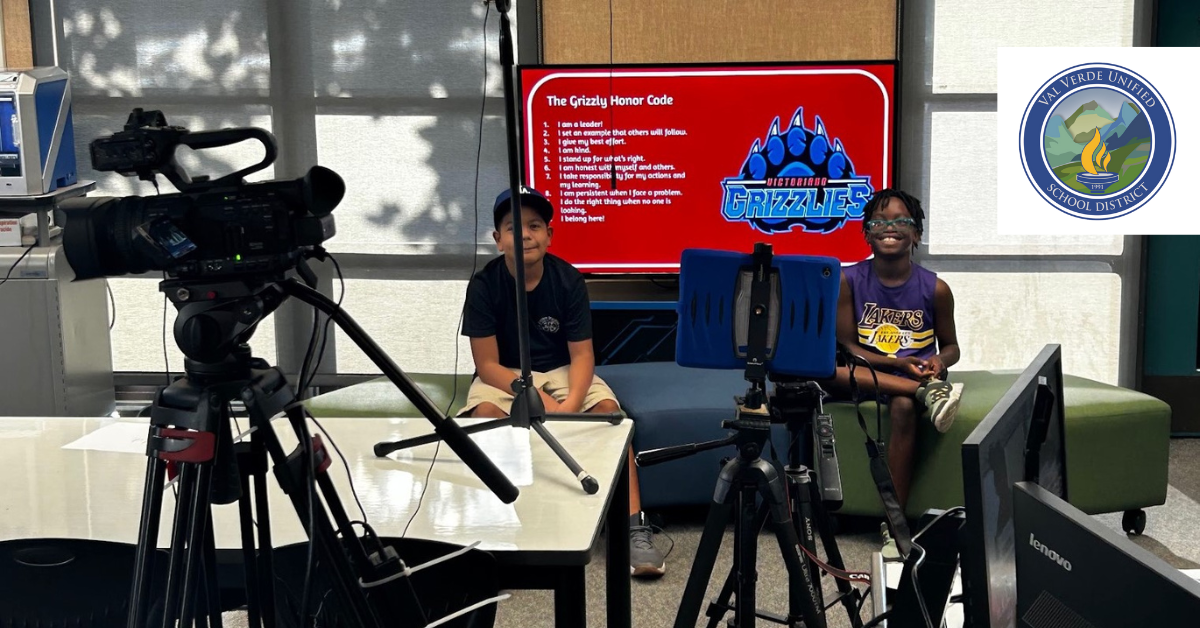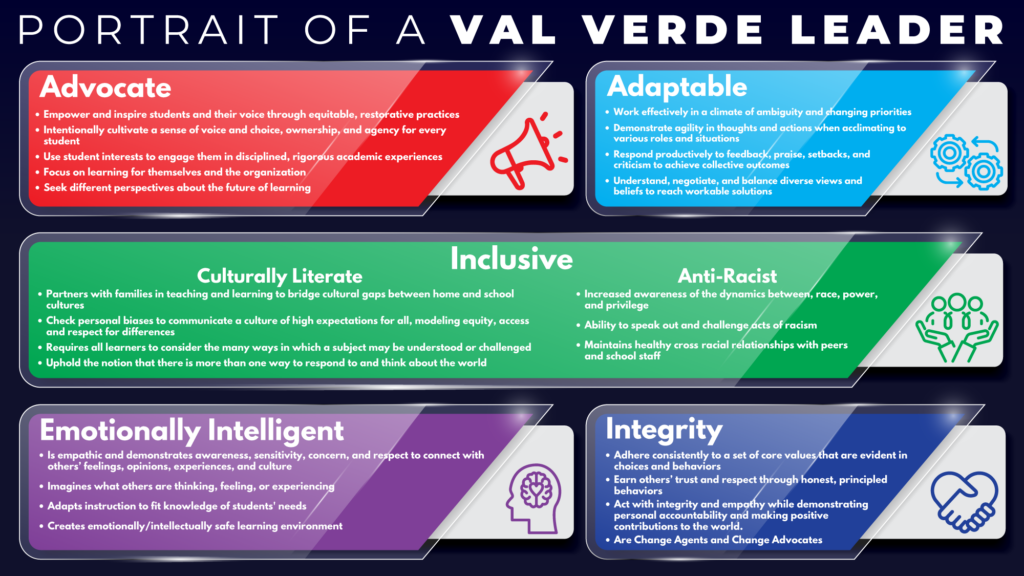The proliferation of one-to-one device programs in public schools put learning tools directly into the hands of students. But with this came an unexpected dilemma: Now that young people were carrying their devices to class, what do schools do with space formerly dedicated to now-outdated computer labs?
The leaders of Val Verde Unified School District in California saw in their own labs an opportunity: This is where their vision for future-ready, deeper learning could take flight.
A long-time member of the EdLeader21 Network, Val Verde created a STEAM Continuum, a roadmap for students to progress through increasingly more complex problem-solving as they move through grades K-12. In order to give students opportunities to apply their 21st century skills towards a problem, the district created a systemic infrastructure that enhances the design principles on each campus using reimagined spaces, STEAM teachers, and curricula.
Superintendent Michael McCormick said former computer labs became locations to get both high-tech and low-tech tools into students’ hands.
“We started to reimagine what these spaces could look like,” said McCormick. “We asked that in the design process, that they had some common elements. We wanted to promote engineering design to solve problems utilizing a wide assortment of tools including maker carts and rapid prototyping using 3-D printers. We also invested heavily in LEGO, Spheros, littleBits, and other tech tools in which kids could start at a very young age tinkering with these materials to build things.”
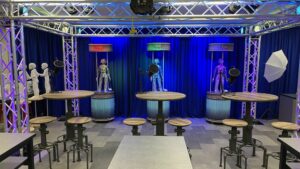
STEAM labs were created in all 12 of Val Verde’s elementary schools and all four of their middle schools. All of this was done within the confines of the district’s budget.
Val Verde’s team not only valued the learning happening in these labs but placed a high priority on students sharing what they had learned.
“We wanted an element in each of these STEAM labs that included some video production capabilities so that kids could memorialize through video the things that they were building and the processes that they were using,” McCormick said.
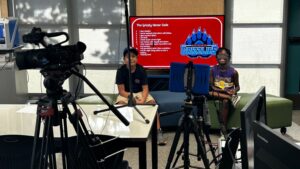
This journey was not a smooth one. McCormick said that while the labs themselves were a great concept, the details of running the labs got overlooked.
“One of the failures along the way is that we created all these beautiful spaces, but we didn’t really think carefully about who was going to run the space and who was going to keep inventory of all the materials in the space,” he said. “Today, I am very grateful to say that the Board of Education approved teachers on special assignment to now manage those spaces in all of our elementary schools. When the teacher brings their class in, the teacher who is assigned to the space and the grade level teacher do the co-teaching.”
Listening to what educators have to say about initiatives like the STEAM labs and taking corrective action is vital to the work Val Verde does every day, McCormick said. Supporting the educator so that they in turn can support the student is the only way to success.
In that same vein, Val Verde added to its vibrant Portrait of a Graduate by constructing a Portrait of a Leader with its own set of competencies.
“Because we have multiple generations of educators, some have been around a long enough time that they have built the systems and structures that we are currently using. That’s a big deal,” he said. “So you can’t just enable the future … you don’t want to carve all of them out of the process.”
Using support from Battelle for Kids’ Leader21•Principal professional learning program, Val Verde honed in on developing their educators, especially building principals.
BFK Chief Learning Officer Shannon King said that as clear as Val Verde had gotten on what they wanted for their students, they wanted the same for their leaders.
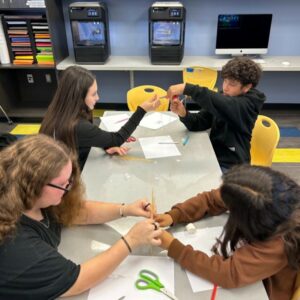
“They really cued in and listened to what their principals were telling them what they need,” said King. “One of the pieces of Leader21•Principal is creating conducive conditions and another is supporting your educators. You need to be wary of that manager mindset that sometimes is encouraged in principals, as though we’re just evaluating and observing. It’s really more about coaching and partnering with your teachers and creating those conducive conditions to take those risks.”
As Val Verde moves into its third year of this work, King said the results have been remarkable.
“They are modeling what they want. [What] their leaders do with their teachers and what their teachers do with their students: Build those relationships, stay connected, and keep listening,” she said. “And as you learn, you shift gears.”
Matt Flores, Chief Learning Officer at Battelle for Kids, agreed.
“The thing that makes Val Verde successful is the whole idea of coherence,” he said. “Students owning their learning, collaborating for shared outcomes, and really being the captains, the champions of their own education — while that’s the norm in Val Verde, it’s a great model for the rest of the country.”
